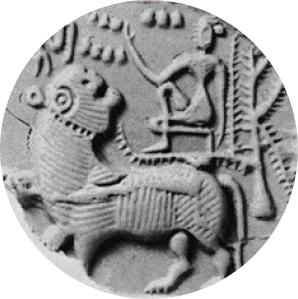Just as the movie Interstellar makes no sense until you hear the backstories (see my previous post), our lived reality cannot be understood without the existence of a backstory. A backstory is not an interpretation. We cannot deduce or interpret all of what was happening on screen simply by watching the movie. In a similar way, we cannot figure out the many inexplicable things that happen in our lives and in the world just by interpreting the evidence. There’s always a backstory.
When an event like the Gaza genocide or the Shoah rip through our world and through the delicate fabric of our perceived reality, we cannot rely just upon our skills of interpretation. We have to look further than our eyes can see in order to explain the event. We look for the story behind the story. And sometimes this can take us by surprise, like with the scene early in the movie “Reds” where Warren Beatty, in the character of Jack Reed is called upon to explain what the 1914-18 war is about, and he gives a one-word answer: “Profits”. The explanation depends upon a backstory that can make sense of the reality, and, in a certain way, the movie that follows provides a backstory that helps to reveal something about that historical period.
The more complete the backstory, the more comprehensive will be its ability to explain our reality, though if it grows to be too large, we may lose the thread. And we always need a thread, a plot-line that we can easily follow.
The world’s earliest philosophical books came in the form of stories. The Hindu creation myth of Purusha, the cosmic man, is a story and the story of Adam (whose name means “man”) in Genesis, are backstories that explain everything and nothing. The Taoist anthology of Chuang Tsu attempts to convey a feeling for the inexplicable Tao by touching upon it obliquely through stories.
I just finished listening to the audio book “Against identity” by Alexander Douglas. It’s based on his reading of Chuang Tsu, Spinoza and René Gerard. Interwoven with the ideas put forward by these remarkable thinkers are the stories they tell (in the case of Chuang Tsu); form the backstory to their philosophy (in the case of Spinoza); or read as springboards for understanding (in the case of Gerard). Each, in the view of Douglas, has something to say about the possibility of finding or emulating a “super-determinate” identity. In Taoism, this was the “uncarved block” from which our reality is sculpted. For Spinoza this was a God who is unbound by individual attributes, containing all of them. For Gerard, this was a Jesus whose identity could not be bound by human birth or traits but who was at one with the father.
The ultimate backstory provides an understanding of our reality without being limited by a particular viewpoint. A good testimony to its veracity is an ability to reconcile differing perspectives. Thus I found it encouraging that Douglas was able to take three thinkers from entirely different eras and places, and to find essentially the same thread running through their ideas, while reinforcing and further illuminating each other. In addition, I was delighted to find that these ideas seem to be compatible with others with which I have long been interested, such as panentheism, and the likelihood that a universal unitary consciousness forms the seed of our perceived reality.



